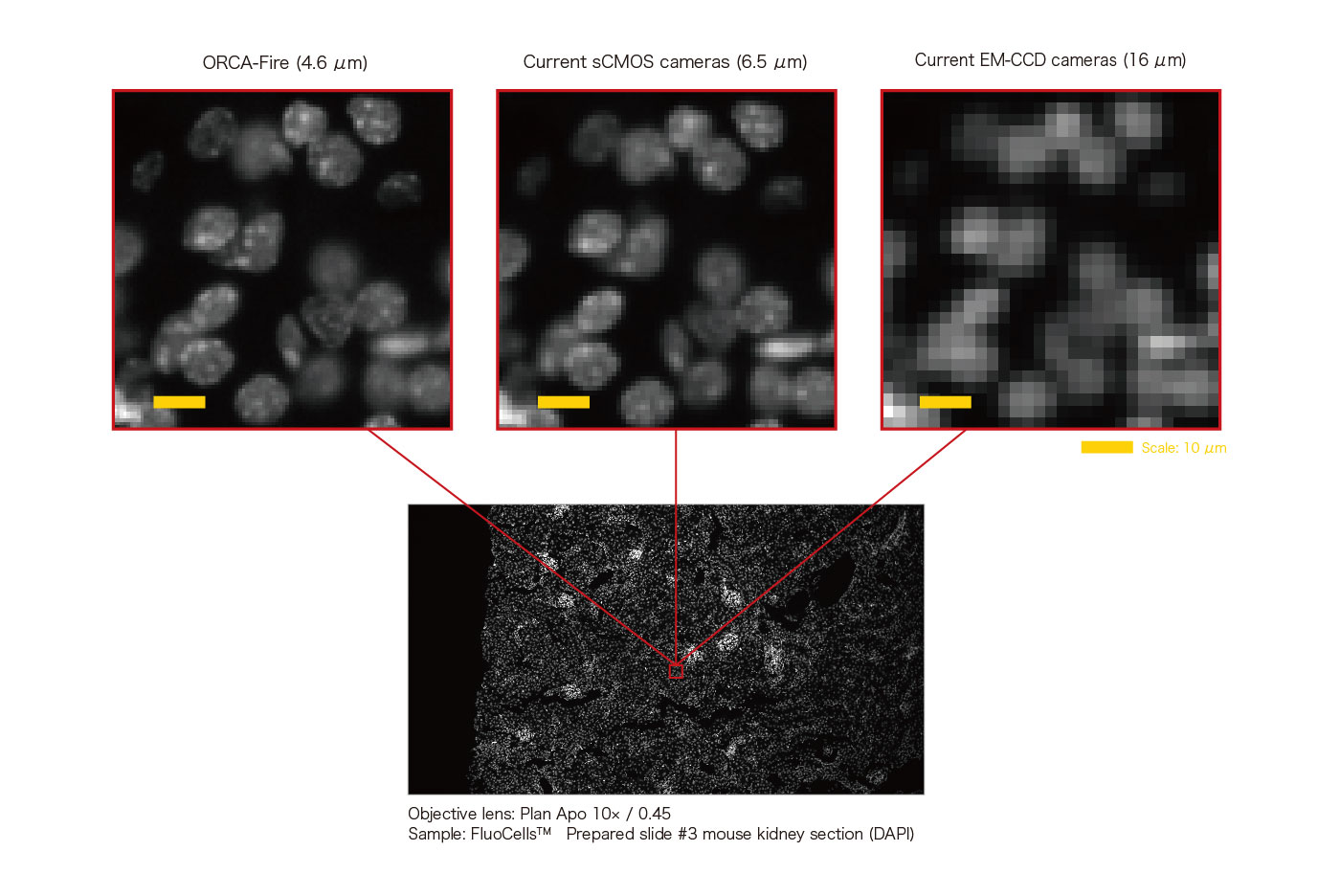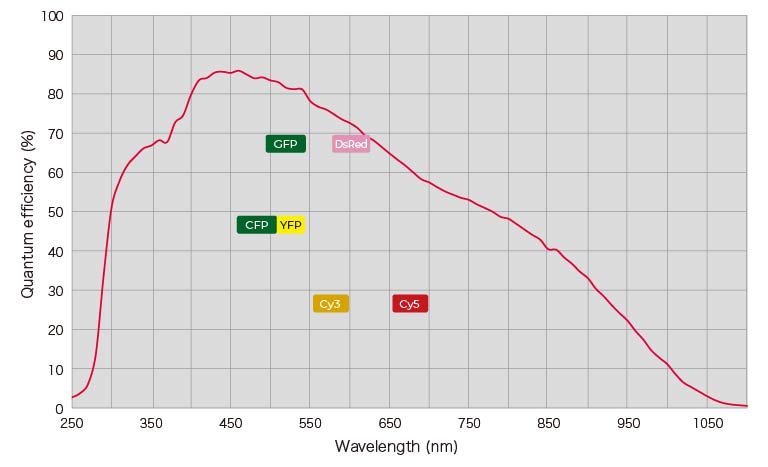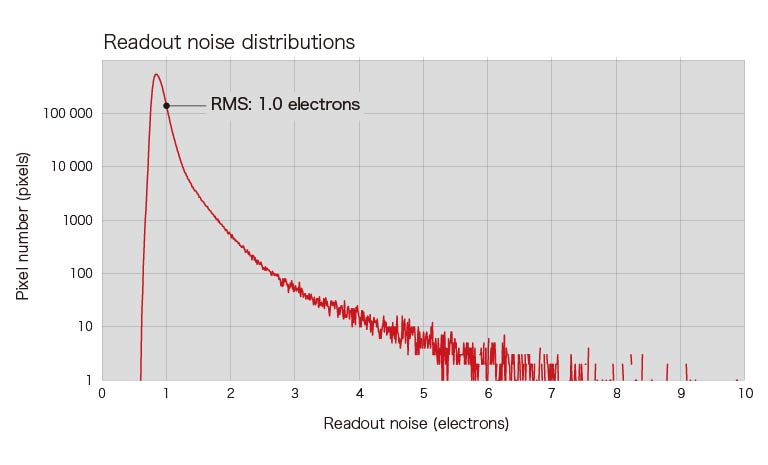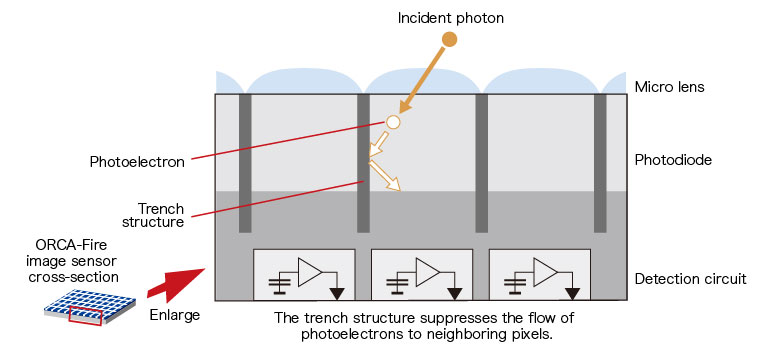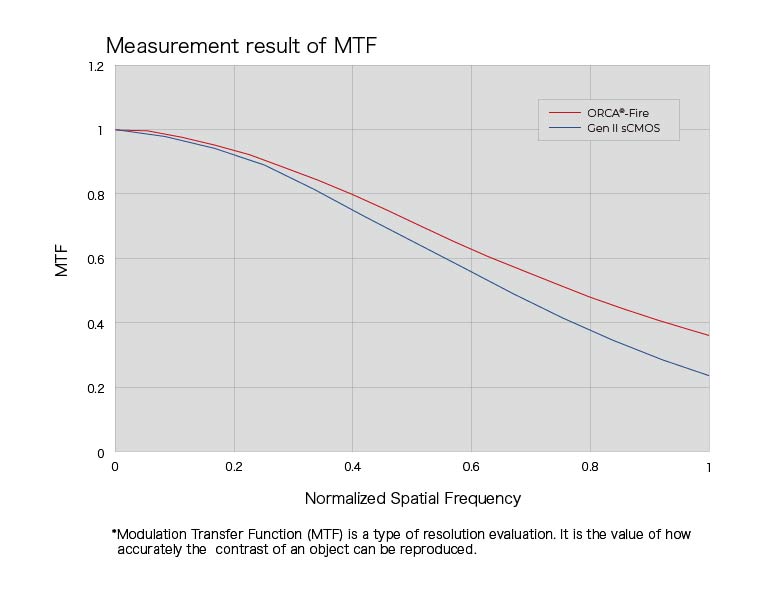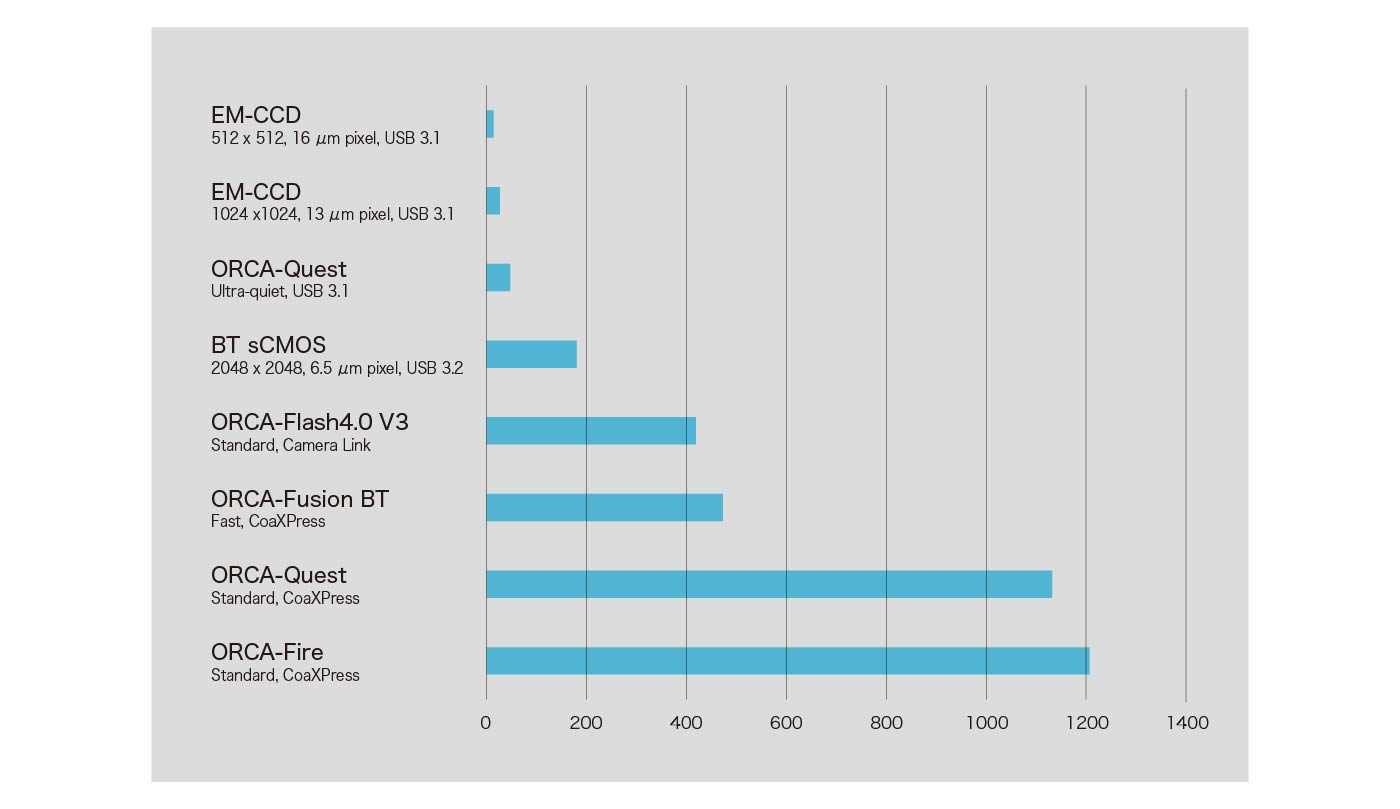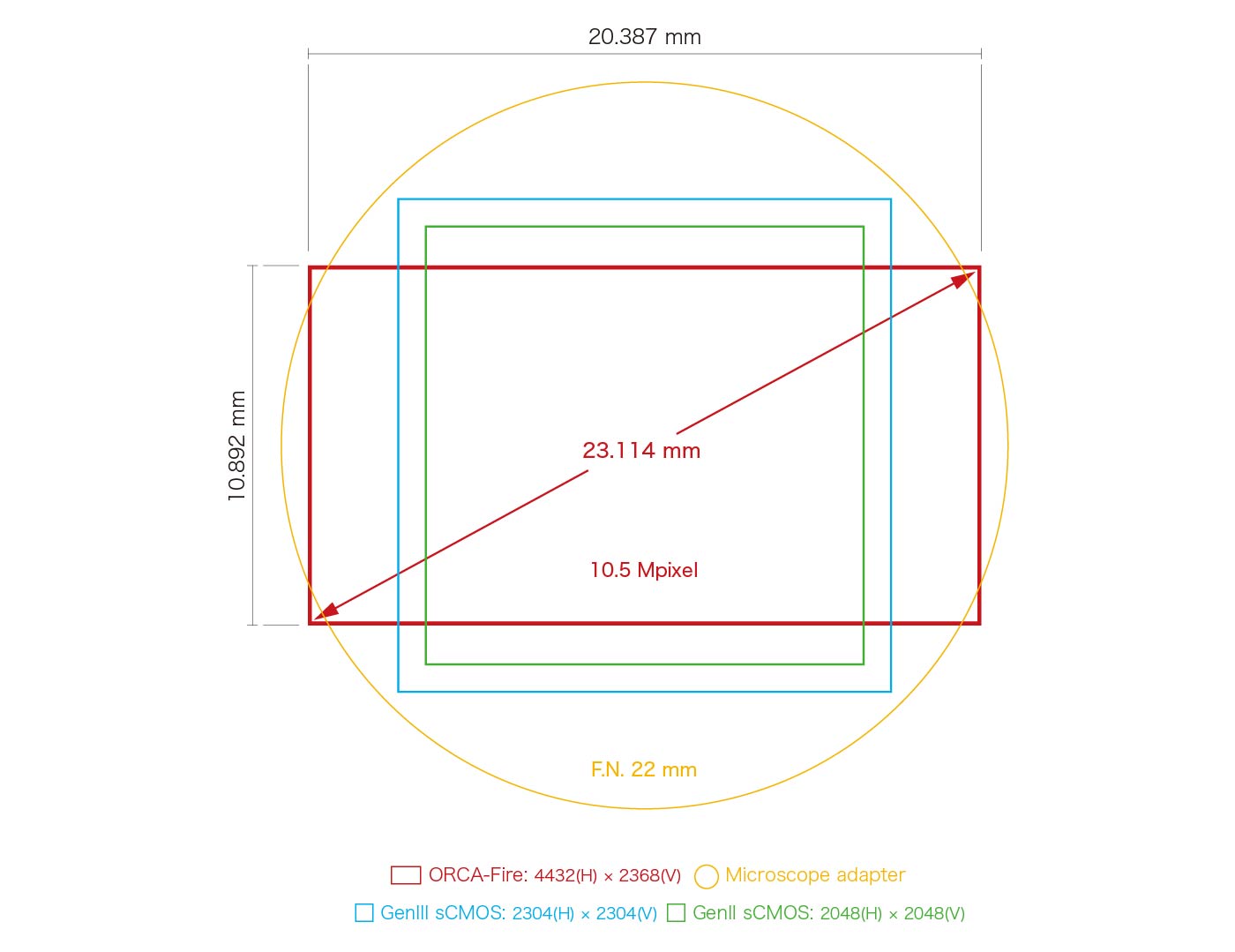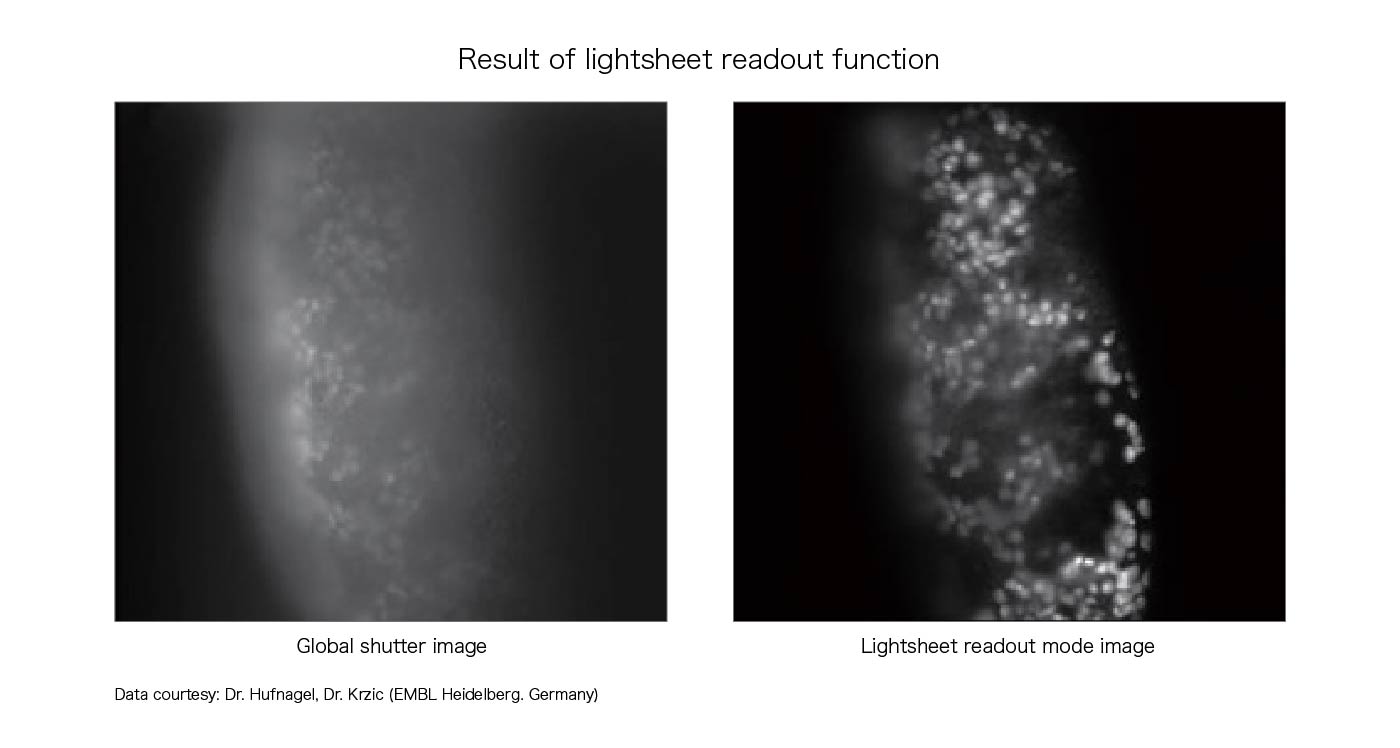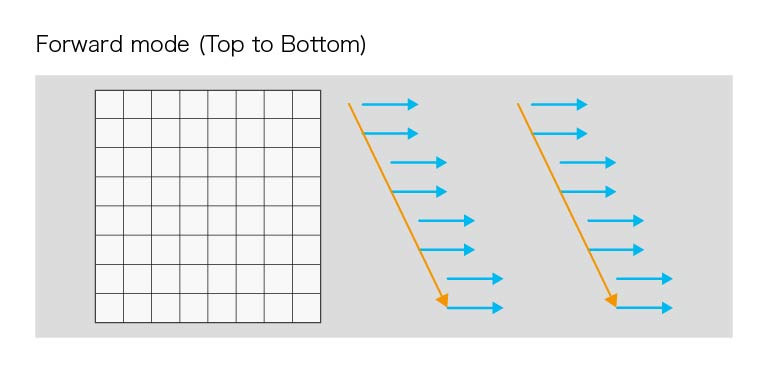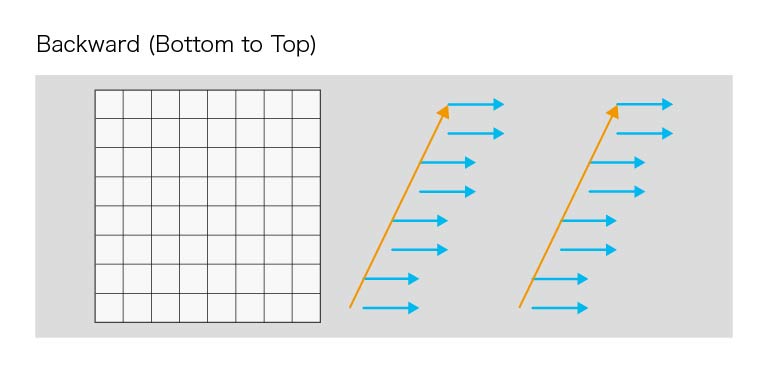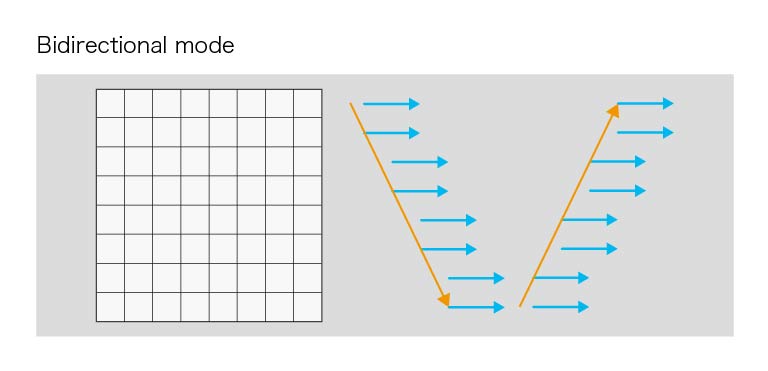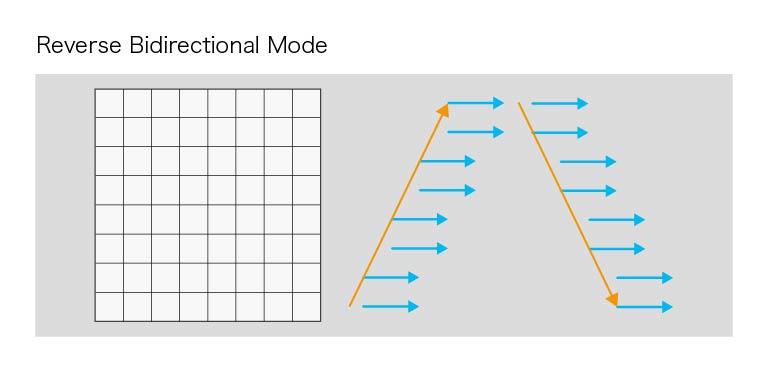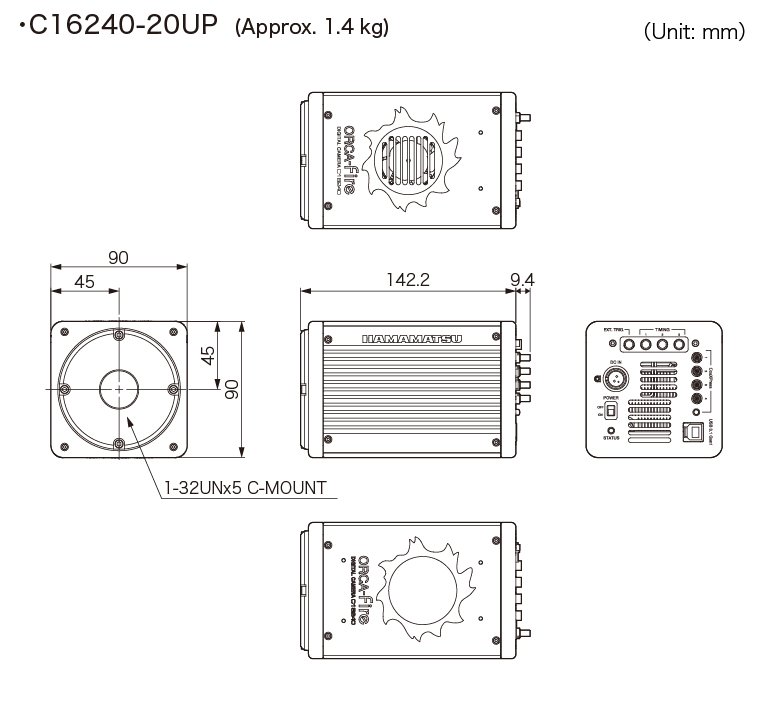
ORCA-Fire Digital CMOS camera C16240-20UP
Elemental for Discovery
The ORCA-Fire intelligently integrates all the essential elements of a high performance, back-thinned, scientific CMOS (sCMOS) camera. The camera’s excellence is rooted in Hamamatsu’s dedication to low noise and high quantum efficiency sCMOS technology. With the ORCA-Fire, high sensitivity is realized while also achieving excellent resolution and blazing fast speeds. The ORCA-Fire shines when the science demands high throughput but the sample can only deliver a few photons.
Will the ORCA-Fire spark your next discovery?
Highlight Specs
LOW NOISE
1.0 electrons rms (115 frames/s)
HIGH QE
90 % @475 nm (Back illuminated CMOS)
HIGH RESOLUTION
4432 (H) × 2368 (V) (Pixel size 4.6 μm)
HIGH SPEED
115 frames/s (@4432(H)×2368(V) 10.5 Mpixels)
LARGE FIELD OF VIEW
20.4 mm × 10.9 mm (Diagonal 23.114 mm)
HIGH DYNAMIC RANGE
1 : 20 000 (Full well capacity 20 000 electrons)
SMALL PIXELS, BIG RESOLUTION
Optimize your optics to maximize resolution
Low mag imaging (<40×) offers the advantage of large field of view, which can be critical for high throughput applications. To acquire low mag images with maximum information, the imaging system must achieve high resolution by matching pixel size to Nyquist-level or higher sampling rates. The pixel size of the ORCA-Fire is ideal for most 40× objectives or lower (see chart below). The ORCA-Fire’s high spatial resolution combined with a large pixel array and high speed readout delivers 2.9× higher pixel throughput over even the fastest 4.2 MP 6.5 μm sCMOS camera.
Example of appropriate pixel size of sensor according to objective lens magnification and NA
| Magnification | NA | δ (μm) | Δ (μm) | Appropriate pixel size (μm) |
|---|---|---|---|---|
| 4 | 0.16 | 2.10 | 8.4 | 4.2 |
| 10 | 0.4 | 0.84 | 8.4 | 4.2 |
| 20 | 0.8 | 0.42 | 8.4 | 4.2 |
| 40 | 1.4 | 0.24 | 9.6 | 4.8 |
| 40 | 0.95 | 0.35 | 14.1 | 7.1 |
| 60 | 1.42 | 0.24 | 14.2 | 7.1 |
| 100 | 1.5 | 0.22 | 22.4 | 11.2 |
* Rayleigh criterion (δ) = 0.61λ / NA
* Wavelength (λ) = 550 nm
* Δ = δ × Magnification of objective lens
Comparison of image quality at different pixel sizes
HIGH QE & LOW NOISE
Realize high sensitivity without sacrifice
The ORCA-Fire uses advanced back-thinned technology with micro-lenses to achieve high quantum efficiency. Combined with readout noise of 1.0 e- rms, the ORCA-Fire continues Hamamatsu’s trend of providing sCMOS cameras that offer paramount sensitivity at all light levels.
Deep trench structure and backthinning
High QE is a fundamental expectation and a critical component of high sensitivity imaging. Achieving high QE through sensor backthinning seems straightforward however there are nuances in backthinned sensor design that can impact image quality. In conventional back-illuminated detectors, crosstalk occurs between pixels due to poor pixel separation within the active region of the silicon, impairing resolution independent of pixel size. Our engineers implemented a deep trench pixel structure in the ORCA-Fire that prevents pixel crosstalk and improves resolution.
What is a trench structure?
SELECT YOUR SPEED
Every ORCA-Fire has CoaXPress and USB connectivity
Readout speed (frames/s)
| Readout Mode | Area Readout Mode | |||
|---|---|---|---|---|
| Scan Mode | Standard scan | |||
| X(pixels) | Y(pixels) | CoaXPress | USB3.1 Gen I (16 bit) | USB3.1 Gen I (8 bit) |
| 4432 | 2368 | 115 | 15.7 | 31.5 |
| 4432 | 2304 | 118 | 16.2 | 32.4 |
| 4432 | 2048 | 132 | 18.2 | 36.5 |
| 4432 | 1024 | 264 | 36.4 | 72.8 |
| 4432 | 512 | 524 | 72.3 | 144 |
| 4432 | 256 | 1020 | 143 | 286 |
| 4432 | 128 | 1980 | 279 | 558 |
| 4432 | 8 | 15 200 | 2360 | 5260 |
| 4432 | 4 | 19 500 | 3960 | 7200 |
Readout speed (frames/s) at 2×2 binning
| Readout Mode | Area Readout Mode | |||
|---|---|---|---|---|
| Scan Mode | Standard scan | |||
| X(pixels) | Y(pixels) | CoaXPress | USB3.1 Gen I (16 bit) | USB3.1 Gen I (8 bit) |
| 2216 | 1184 | 115 | 63.1 | 115 |
| 2216 | 1152 | 118 | 64.9 | 118 |
| 2216 | 1024 | 132 | 73 | 132 |
| 2216 | 512 | 264 | 145 | 264 |
| 2216 | 256 | 524 | 289 | 524 |
| 2216 | 128 | 1020 | 572 | 1020 |
| 2216 | 64 | 1980 | 1110 | 1980 |
| 2216 | 4 | 15 200 | 10 500 | 15 200 |
| 2216 | 2 | 19 500 | 13 600 | 19 500 |
Mega pixels per second
EXPAND YOUR VISION
Field of view comparison
With 4432 (H) × 2368 (V) pixels, the ORCA-Fire can effectively utilize a 22 mm microscope field of view.
Lightsheet : SPECIALIZED FOR THE SPECIALIST
Lightsheet readout mode reduces scattered light effects
Researchers are increasingly turning to fluorescence lightsheet microscopy to study biological processes in living cells and organisms and to capture stunning 3D resolution of cleared tissue. There are many flavors of lightsheet microscopy but generally the sample is illuminated orthogonally using a “sheet” of light. This sheet is then scanned across the sample to obtain optical cross-sectional images that can be reassembled into full 3D renderings. The ORCA-Fire implements Hamamatsu’s patented lightsheet readout mode. In this mode, the lightsheet is synchronized with readout of the sensor, reducing the impact of scattered light and effectively improving image quality and signal to noise.
Lightsheet readout mode frame rates (frames/s)
| Readout Mode | Lightsheet Readout Mode | |||
|---|---|---|---|---|
| Scan Mode | Standard scan | |||
| X(pixels) | Y(pixels) | CoaXPress | USB3.1 Gen I (16 bit) | USB3.1 Gen I (8 bit) |
| 4432 | 2368 | 114 | 15.7 | 31.5 |
| 4432 | 2304 | 117 | 16.2 | 32.4 |
| 4432 | 2048 | 132 | 18.2 | 36.5 |
| 4432 | 1024 | 263 | 36.4 | 72.8 |
| 4432 | 512 | 518 | 72.3 | 144 |
| 4432 | 256 | 1000 | 143 | 286 |
| 4432 | 128 | 1900 | 279 | 558 |
| 4432 | 8 | 11 400 | 2630 | 5260 |
| 4432 | 4 | 13 600 | 3690 | 7200 |
sCMOS lightsheet readout mode comparison
| Effective pixel numbers (H)×(V) | Readout speed (frames/s) | ||
|---|---|---|---|
ORCA-Fire (CoaXPress) | ORCA-Fusion | ORCA-Flash4.0 V3 | |
| 4432 × 2368 | 114 | – | – |
| 2304 × 2304 | 117 | 88.9 | – |
| 2048 × 2048 | 132 | 100 | 49 |
| 1024 × 1024 | 263 | 199 | 99 |
| 512 × 512 | 518 | 396 | 196 |
| 256 × 256 | 1000 | 784 | 384 |
| 128 × 128 | 1900 | 1540 | 738 |
Interface: CoaXPress/Camera Link
Image capture mode: Internal synchronous mode
The ORCA-Fire, in lightsheet readout mode, delivers 2.5× more pixels per second that even the fastest low noise sCMOS camera.
Lightsheet : SYNCHRONIZE IN ANY DIRECTION
Bidirectional readout eliminates lag between frames
In the ORCA-Fire, lightsheet readout has four distinct operational modes: forward, backward, bidirectional and reverse bidirectional. In forward mode the readout begins at the top and progresses to the bottom of the sensor. In backwards mode, the readout is initiated from the bottom and ends at the top. Bidirectional mode begins with forward readout in the first frame and switches to backwards readout in the next frame, continuing this alternating pattern frame by frame. As the name suggests, backwards bidirectional mode, begins with the bottom to top backwards readout in the first frame and switches to top to bottom in the next and so on. Both bidirectional modes were implemented to avoid the lag time required to return to the lightsheet to the top or bottom of the sensor for the next frame.
Specifications
| Product number | C16240-20UP |
|---|---|
| Imaging device | Scientific CMOS image sensor |
| Effective number of pixels | 4432 (H)×2368 (V) |
| Pixel size | 4.6 μm×4.6 μm |
| Effective area | 20.387 mm×10.892 mm |
| Full well capacity | 20 000 electrons (Typ.) |
| Readout speed*1 | Full resolution, CoaXPress : 115 frames/s Full resolution, USB 3.1 : 15.7 frames/s Vertical 4 line, CoaXPress : 19 500 frames/s Vertical 4 line, USB 3.1 : 3690 frames/s |
| Readout noise | 1.0 electrons (rms), 0.9 electrons (median) |
| Exposure time | 7.309 μs to 10 s (7.309 μs step) |
| Cooling method | Peltier cooling |
| Cooling temperature | Forced-air cooled (Ambient temperature: +25 °C) + 20 °C |
| Dark current | 0.6 electrons/pixel/s (Typ.) |
| Dynamic range*2 | 20 000:1 (rms) ,22 222 : 1 (median) |
| Sensor mode | Area readout , Lightsheet readout |
| External trigger function | Area readout mode : Edge trigger , Global reset edge trigger , Level trigger , Global reset level trigger , Sync readout trigger , Start trigger Lightsheet readout mode : Edge trigger , Start trigger |
| External trigger signal | External input (SMA) |
| External trigger level | TTL/3.3 V LVCMOS level |
| External trigger delay function | 0 μs to 10 s (1 μs step) |
| External output signal | Global exposure timing output , Any-row exposure timing output ,Trigger ready output , Programmable timing output High output , Low output |
| External output level | 3.3 V LVCMOS level |
| Interface | CoaXPress (Quad CXP-6) / USB 3.1 Gen 1 |
| A/D converter | 16 bit , 8 bit |
| Lens mount | C-mount |
| Power supply | AC 100 V to AC 240 V, 50 Hz/60 Hz, 2.5 A |
| Power consumption | 100 VA |
| Ambient operating temperature | 0 °C to +40 °C |
| Ambient storage temperature | -10 ℃ to +50 ℃ |
| Ambient operating humidity | 30 % to 80 % or less (With no condensation) |
| Ambient storage humidity | 90 % or less (With no condensation) |
※1 Using frame bundle function by DCAM-API
※2 Calculated from the ratio of the full well capacity and the redout noise
Dimensions
Newsletter
Be the first to get all the information about new products in our range and find out the latest research results in microscopy in our free newsletter.

